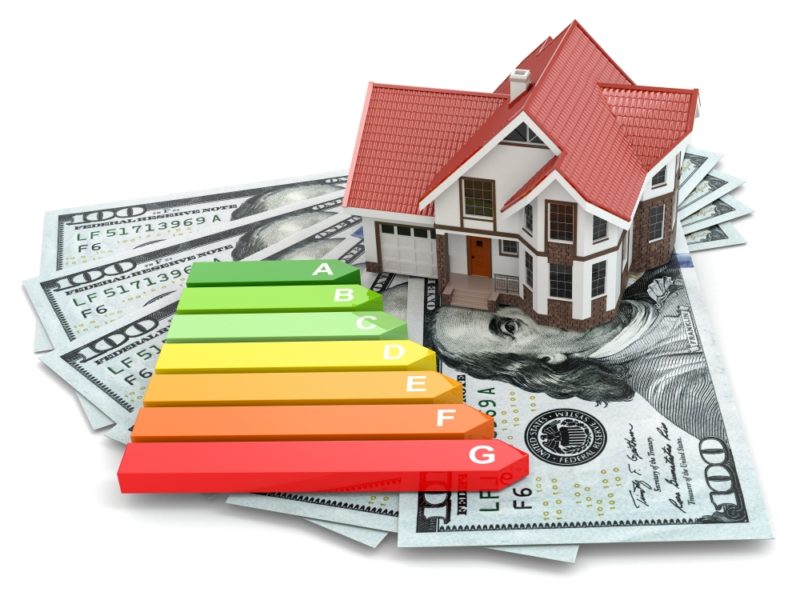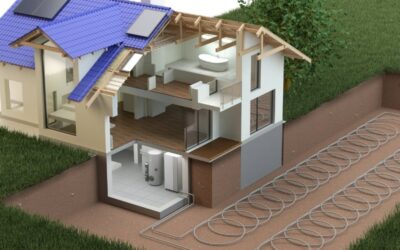If you’re in the market for a new HVAC system, you’ve probably noticed that each air conditioning unit has an EER rating. An EER rating indicates energy efficiency, so it’s important for those in the Harrison, IN area where humid summers are the norm. Learn more about this rating system and how it’s applied to air conditioning units.
What Is EER?
EER stands for Energy Efficiency Ratio. The EER rating for an air conditioner is calculated by dividing the BTU (British Thermal Units) rating by the wattage. For example, a 12,000-BTU air conditioner that uses 1,200 watts has an EER rating of 10 (12,000/1,200 = 10). This measurement is based on operating the air conditioner with an outside temperature of 95 degrees Fahrenheit.
The EER rating indicates how energy efficient an HVAC unit is. The higher the EER rating is, the more energy efficient the unit will be.
EER vs. SEER
EER ratings are generally used for room air conditioners. For central air conditioners, you’ll typically see another type of rating called SEER, meaning Seasonal Energy Efficiency Ratio. This rating is calculated by measuring the average EER over a range of outside temperatures from 65 to 104 degrees Fahrenheit. SEER is more of an average energy efficiency rating as opposed to EER, which measures energy efficiency during the hottest time of the year.
Comparing Costs
An air conditioner with a higher EER or SEER rating will typically cost more, causing some homeowners to wonder whether it’s really worth the added expense. However, if you plan to use your air conditioner for many years to come, you will save money in the long run by using more energy-efficient cooling for your home.
If you live in the greater Harrison area, you know that hot, humid summers can be a drain on your budget. To save more money in the long run, choose an air conditioner with a higher EER or SEER rating. Give us a call at Western Hills Heating & Air Conditioning at812-227-3001 to find the right AC unit for your home.
Image provided by Shutterstock




